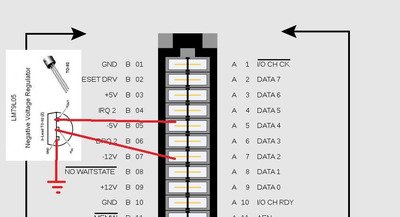Reply 20 of 39, by bogdanpaulb
Go with the cheapest TAP106K025SCS , just check the lead spacing. There is no point in getting something more expensive if you will not 'mod' the filtering caps :
Jo22 wrote on 2023-03-16, 09:13:Well, the µF values do matter, technically, since they do both power buffering and low-pass filtering (RF noise etc). […]
Well, the µF values do matter, technically, since they do both power buffering and low-pass filtering (RF noise etc).
But of course I agree with you that you're right if you say that chosing other values don't cause any harm. 🙂
There's plenty of room for variation. Personally, I would use 47 µF as the maximum here, though.Ideally, the filtering performance could be even improved by installing multiple caps with different values in parallel.
Each of them will then individually stop RF noise, ripple etc.
Say 100 nF, 1 µF, 10 µF. Maybe 10 nF, too.Voltage.. I "hate" 16v types with pleasure, next to the 6,3v types.
Because they fail the most from my personal experience.
I assume that's because they're being operated close to thear maximum voltage of 12v all the time.
While not measurable due to latency of muktimeters,
I assume that those filtering caps will be tortured
by voltage spikes over and over in the milliseconds range.
Like a metal wire that's being bent back and forth, they'll eventually break.So I really recommend choosing something bigger than 16v or 6.3v during replacement, even if it's merely rated for a few volts more.
But that's just me. Others surely will disagree and say it's not necessary. 🙂
